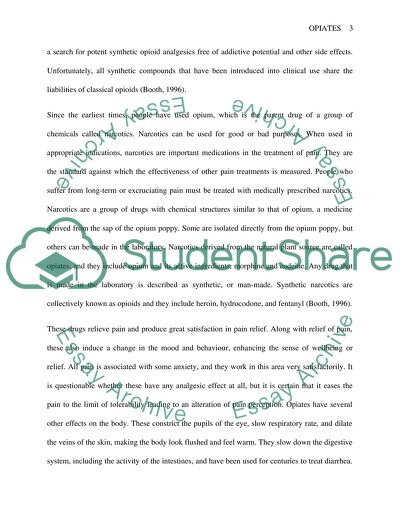Cite this document
(“Drug Control Policy of United Kingdom Essay Example | Topics and Well Written Essays - 3500 words”, n.d.)
Retrieved from https://studentshare.org/sociology/1533848-drug-control-policy-of-united-kingdom
Retrieved from https://studentshare.org/sociology/1533848-drug-control-policy-of-united-kingdom
(Drug Control Policy of United Kingdom Essay Example | Topics and Well Written Essays - 3500 Words)
https://studentshare.org/sociology/1533848-drug-control-policy-of-united-kingdom.
https://studentshare.org/sociology/1533848-drug-control-policy-of-united-kingdom.
“Drug Control Policy of United Kingdom Essay Example | Topics and Well Written Essays - 3500 Words”, n.d. https://studentshare.org/sociology/1533848-drug-control-policy-of-united-kingdom.


